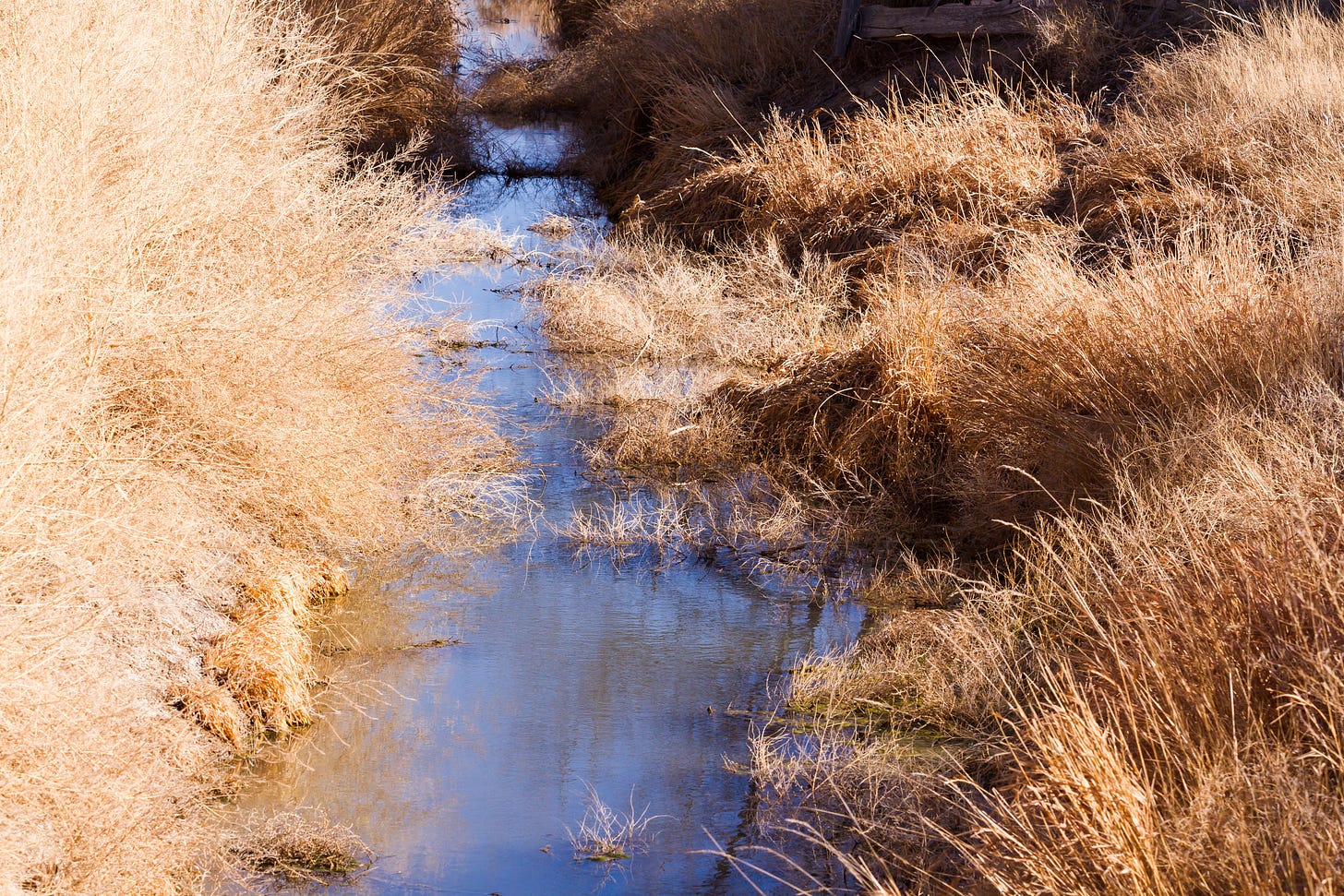State-Sanctioned Trespass? Ranchers Fight Back Against Forced Public Access!
How a Controversial Court Ruling is Turning Ranchers’ Private Land Into a Public Battleground
The Lucia Sanchez Story and a Battle for Private Land in the American West
Introduction
In the arid rangelands of northern New Mexico, rancher Lucia Sanchez has spent her life tending cattle, mending fences, and protecting precious water sources on land that’s been in her family for generations. But a recent decision by the New Mexico Supreme Court has changed everything. Virtually overnight, Sanchez and fellow ranchers found themselves at the center of a statewide—and potentially national—battle over private property rights, water access, and the age-old question: Who really owns the West?
The court’s ruling, which opened previously private, non-navigable streams to public access, has been called by some “state-sanctioned trespass.” Supporters say it’s about guaranteeing the public’s right to access water. Opponents say it’s a violation of fundamental property rights and a recipe for conflict, costly legal battles, and damaged livelihoods.
The Lucia Sanchez Case: A Rancher Under Siege
Lucia Sanchez’s ranch, like hundreds of others in New Mexico, depends on the reliable flow of small, often seasonal streams that crisscross her property. For years, these waterways were considered private, fenced off to protect both livestock and water quality. But following a 2022 New Mexico Supreme Court ruling, these non-navigable streams are now deemed public access routes—even when they cut directly through private pastures.
Almost immediately, Sanchez noticed an uptick in hikers and anglers crossing her fences. “We started seeing people coming in at all hours—dogs running loose, gates left open, cattle scattered,” Sanchez recalls. “My family always respected people’s need to fish or cool off in the summer, but this isn’t the same. This is people coming onto our land because the state says they can, no matter what it does to our animals or our business.”
The consequences have been profound:
Livestock in Danger: Unsupervised visitors have spooked cattle, increasing the risk of injury or loss.
Fence Destruction: Ranchers now spend more time and money repairing broken fences and gates.
Liability Fears: If someone is injured by livestock or falls in a stream, the rancher could face costly lawsuits.
Loss of Control: Generations-old traditions of stewardship and responsible land use are being undermined.
Legal and Historical Background
The Court’s Reasoning
The New Mexico Supreme Court’s decision was rooted in the state constitution, which—like many in the West—guarantees public ownership of all waters. The court interpreted this to mean that even non-navigable streams are open to the public for recreation. It’s a controversial reading that expands the “public trust doctrine” beyond navigable waters, blurring the lines between public right and private landowner control [AgWeb Report].
A Pattern Across the West
New Mexico is not alone. Legal fights over stream access have flared up in:
Montana: The 1985 Stream Access Law allows the public to recreate on any water suitable for recreation, regardless of who owns the streambed.
California: The public trust doctrine has been interpreted to protect ecological and recreational values even on non-navigable tributaries.
Colorado: Courts have taken a narrower view, generally siding with landowners and limiting public access to navigable streams.
North Carolina and Arkansas: These states continue to restrict public access to only waters deemed navigable for commerce or recreation, maintaining strong private property protections.
The divergence in legal doctrine means that a rancher’s rights can change dramatically simply by crossing a state line.
The Stakes for Ranchers
For families like the Sanchezes, the stakes couldn’t be higher:
Economic Impact: Costs of fence repairs, potential livestock loss, and legal liability are adding up. Many ranchers already operate on razor-thin margins.
Property Rights: Generations of Western ranchers see the ruling as a direct attack on the sanctity of private property—a foundational principle in American law.
Resource Stewardship: Ranchers argue they are the best stewards of the land and water; increased public access often leads to litter, invasive species, and overuse.
Legal Uncertainty: Ongoing appeals in federal courts mean the rules could change yet again, leaving landowners in legal limbo.
Public Access: A Double-Edged Sword
Supporters of the new interpretation, including many fishing and recreation groups, argue that water in the West is a public resource and should not be locked up behind “No Trespassing” signs. For many, it’s a matter of equity—public lands and waters belong to everyone, not just those who can afford to own property.
But even some public-access proponents acknowledge that New Mexico’s approach is extreme. Unlike Montana, where the public may only access up to the high-water mark and cannot cross private land without permission, New Mexico’s ruling gives almost no recourse to ranchers whose land is directly affected.
National Implications
Legal scholars warn that New Mexico’s precedent could spread. If upheld on appeal, or replicated in other states, it would fundamentally alter the balance between public and private interests across the American West. In a region already fraught with battles over water, land, and livelihood, this case is being watched closely by both property rights advocates and recreation groups nationwide.
Conclusion: A Region at a Crossroads
The story of Lucia Sanchez is just one example of a much larger battle playing out across the West. It’s a fight over more than just streams and fences; it’s about the very nature of ownership, stewardship, and the rights of rural Americans.
As Sanchez puts it: “I don’t mind sharing what God gave us. But when the law tells people they can trample over everything we’ve built, without consequence, that’s not sharing—that’s theft.”
The question for courts, lawmakers, and the public: How far should the public’s right to access go when it comes at the expense of those who live on and care for the land?




